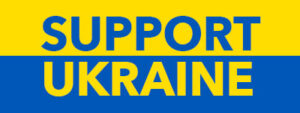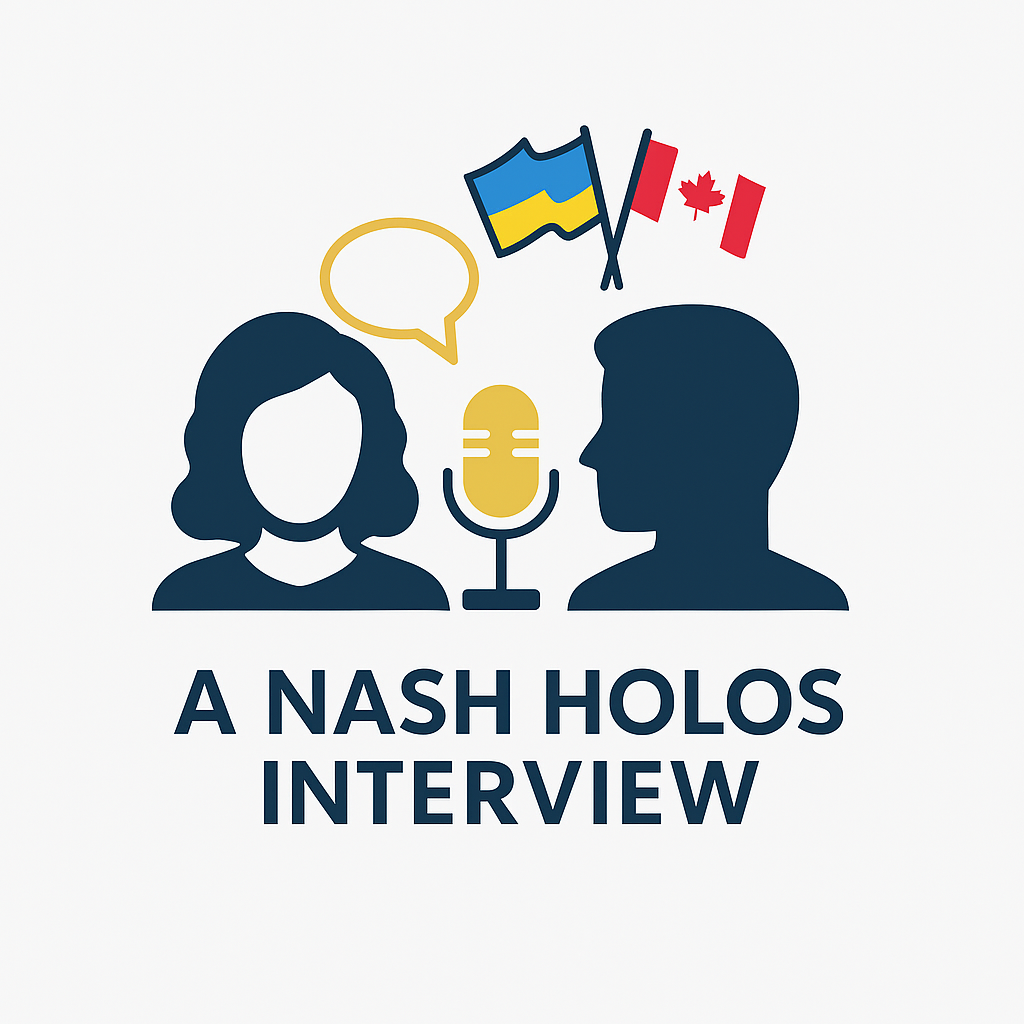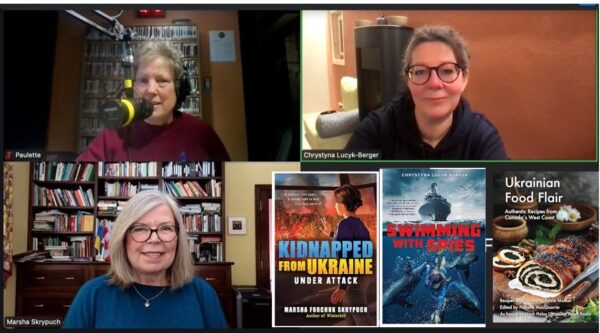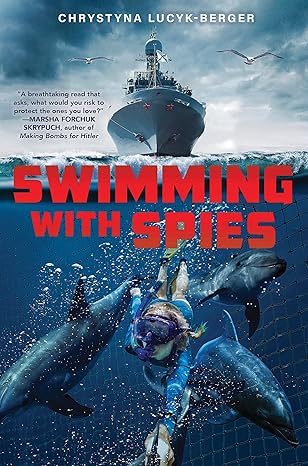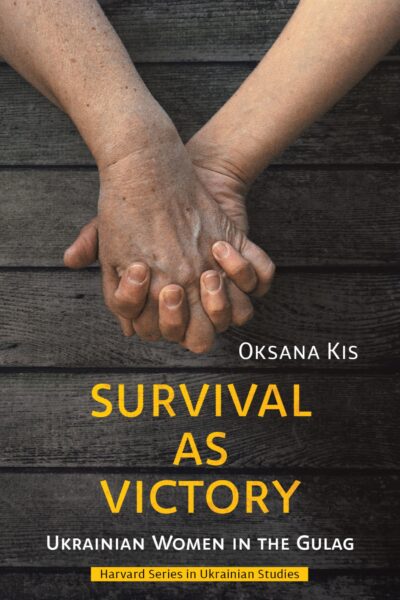Listening Back: An Interview with Mirko Petriw — Ukraine on the Brink of War
This interview was recorded at the height of the Maidan uprising, in January of 2014. Just weeks later, Crimea would be annexed — a possibility unimaginable at the time of this conversation. It was a volatile time, marked by rapid and unprecedented changes that would permanently reshape Ukraine’s path forward. Listening now, it offers insights […]


